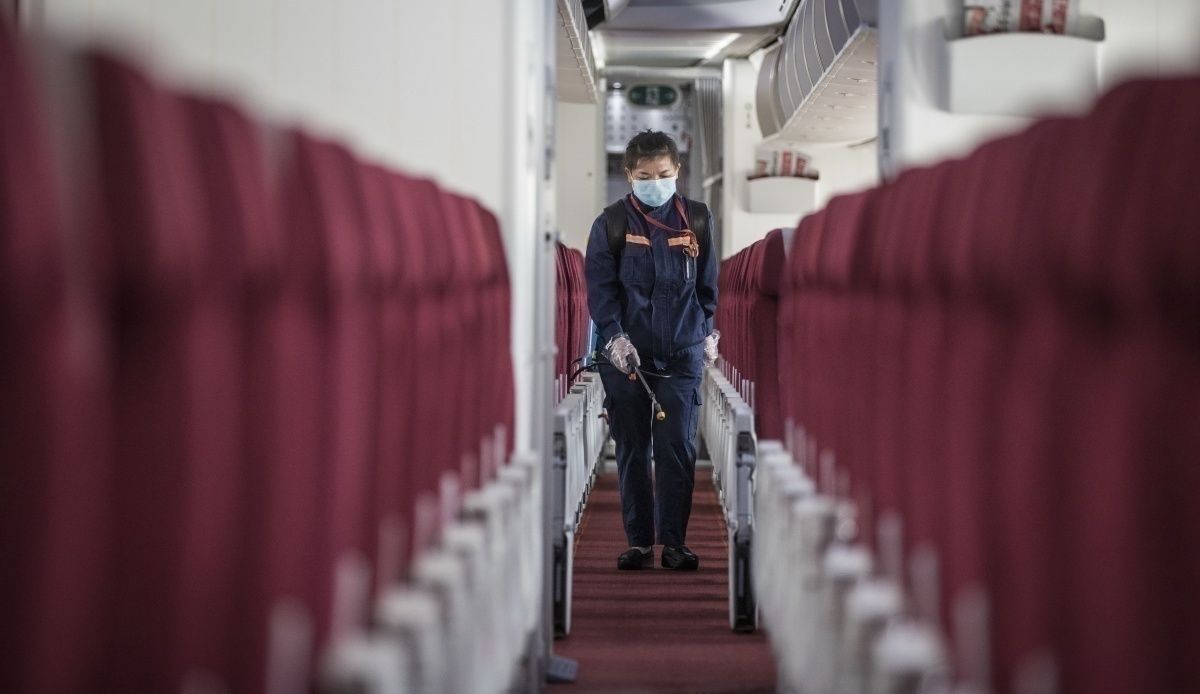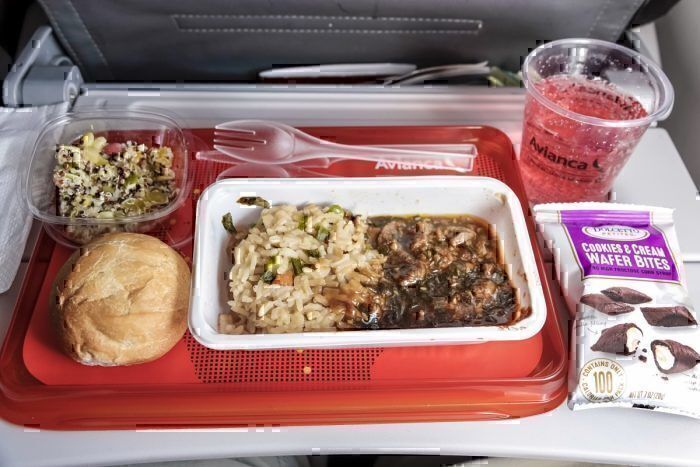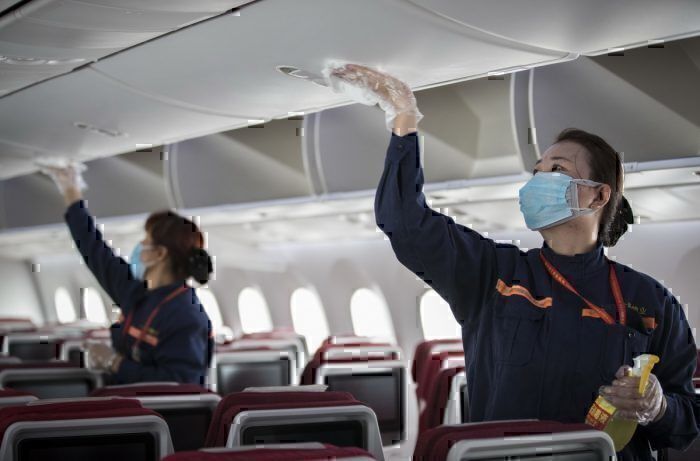With the world’s travelers in a panic over the spread of the coronavirus, many are asking what they should be doing on board an aircraft to avoid exposure to bugs. Aside from N95 masks and hand sanitizer, what else should we be thinking about if we are planning to travel soon? Which is the most germ-infested part of an aircraft?
Well, for a start, the chances of coming across the novel coronavirus, also known as COVID-19, on board a plane are fairly slim. Serious travel restrictions are aiming to limit exposure to infected people, and any aircraft considered to have potentially been exposed are undergoing extensive decontamination to try and avoid the spread.
Nevertheless, if you’re keen to minimize your germ contact on your next flight, it would help to know where’s a hot-bed for bacteria and bugs. Thankfully, Travel Math has done the hard work for us and has uncovered the dirtiest areas on planes. You might be surprised by the results.
Are all the bugs in the bathroom?
Travel Math sent out a microbiologist to collect samples from five different airports and four flights to find out where the dirtiest places are. The samples were sent to a lab to evaluate the total bacterial population per square inch. The results, expressed in the number of colony-forming units (CFU) per square inch, were somewhat surprising.
If you asked me where I’d likely avoid on a plane if I was concerned about hygiene, the first place that would spring to mind would be the bathroom. After all, that’s where everyone does their business, and is surely going to be one of the dirtiest places, right? Wrong.
According to the research, the flush button in the toilet had an average of 265 CFU across the four flights. One area of the plane had ten times that much, and it’s somewhere you’re much more likely to be in contact with too. The seatback table!
The study found tray tables on the four flights sampled had 2,155 CFU/sq. in., way more than the toilet flush.in fact, it was the worst place on the entire plane for bugs, far worse than the seat belt buckle, at 230 CFU/sq. in. and the overhead air vent, which had 285 CFU/sq. in.
It’s interesting that the air vent was also higher than the toilet flush, showing just how many sticky fingers end up poked up there during a flight. Or worse!
How do aircraft compare to other items?
So we know that your tray table could have as many as 2,000 CFU/sq. in. (or more), but what does that mean in reality? Well, in tests conducted by the National Science Foundation, most ‘dirty’ places in the home fell well under the bacterial levels found on airline tray tables.
For example, a home toilet seat will typically have 172 CFU/sq. in., making it leaner than just about anywhere on an aircraft. A kitchen countertop is generally dirtier, coming in at 361 CFU/sq. in. Money, which we often think of as grubby and unhygienic, actually averages just 5 CFU/sq. in.
However, if you own a pet, you could be much worse off. The National Science Foundation found that typical pet toys have a massive 19,000 CFU/sq. in., while their food dishes have a staggering 306,000 CFU/sq. in.
The good news is that across all 26 samples collected by Travel Math for their study, not one part of an aircraft or airport had any presence of fecal coliforms such as E. coli. These are the most dangerous bacteria which are most likely to make you sick, so it’s good to know that cleaning regimens are being effective in tackling these.
Will you be wiping your tray table next time you fly? Let us know in the comments!



